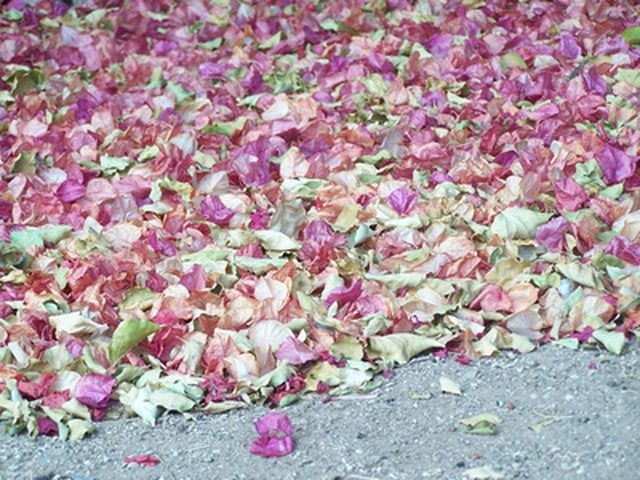Bulbs
Flower Basics
Flower Beds & Specialty Gardens
Flower Garden
Garden Furniture
Garden Gnomes
Garden Seeds
Garden Sheds
Garden Statues
Garden Tools & Supplies
Gardening Basics
Green & Organic
Groundcovers & Vines
Growing Annuals
Growing Basil
Growing Beans
Growing Berries
Growing Blueberries
Growing Cactus
Growing Corn
Growing Cotton
Growing Edibles
Growing Flowers
Growing Garlic
Growing Grapes
Growing Grass
Growing Herbs
Growing Jasmine
Growing Mint
Growing Mushrooms
Orchids
Growing Peanuts
Growing Perennials
Growing Plants
Growing Rosemary
Growing Roses
Growing Strawberries
Growing Sunflowers
Growing Thyme
Growing Tomatoes
Growing Tulips
Growing Vegetables
Herb Basics
Herb Garden
Indoor Growing
Landscaping Basics
Landscaping Patios
Landscaping Plants
Landscaping Shrubs
Landscaping Trees
Landscaping Walks & Pathways
Lawn Basics
Lawn Maintenance
Lawn Mowers
Lawn Ornaments
Lawn Planting
Lawn Tools
Outdoor Growing
Overall Landscape Planning
Pests, Weeds & Problems
Plant Basics
Rock Garden
Rose Garden
Shrubs
Soil
Specialty Gardens
Trees
Vegetable Garden
Yard Maintenance
How to Rake Wet Leaves
How to Rake Wet Leaves. With the frequency of rainy autumn weather in many areas, wet leaves can be an inevitability at some point during the autumn months. While you can sometimes wait for the leaves to dry, you may have to remove them from your landscape. Rake wet leaves carefully to avoid slipping and falling. Consider purchasing a rake with a...

With the frequency of rainy autumn weather in many areas, wet leaves can be an inevitability at some point during the autumn months. While you can sometimes wait for the leaves to dry, you may have to remove them from your landscape. Rake wet leaves carefully to avoid slipping and falling. Consider purchasing a rake with a design especially for removing wet leaves if you must rake a large amount from your yard.
Things You'll Need
Wet leaf rake
Tarp
Leaf bags
Spread the tarp near the wet leaves to make it convenient to move the leaves from the yard to the tarp.
Use the wet leaf rake to begin raking the leaves. Pull the leaves from the yard over to the tarp in thin layers. Avoid moving large amounts of wet leaves due to their weight. Move smaller amounts for best results.
Fill the tarp with only as many wet leaves as you can easily transfer into the leaf bag. Keep in mind that wet leaves weight much more than dry leaves, so your leaf-removal work will take longer as you remove smaller amounts of leaves at a time.
Lift and pour the contents of the tarp into the leaf bag. Do not overfill the leaf bag --stop before the bag weighs so much that you cannot move it or that it rips.
Continue raking wet leaves onto the tarp and transferring the leaves to the leaf bags until you remove all of the wet leaves from your landscape.
Tips & Warnings
A wet leaf rake has a special design that enables it to move heavier loads of leaves.
Wear footwear with soles that will prevent you from slipping on wet leaves as you rake them.
Rake carefully as you remove the wet leaves. Do not disturb plants growing in the ground as you try to remove the wet leaves. You may have to put off removing leaves from some growing areas if the removal of the wet leaves will damage plants.